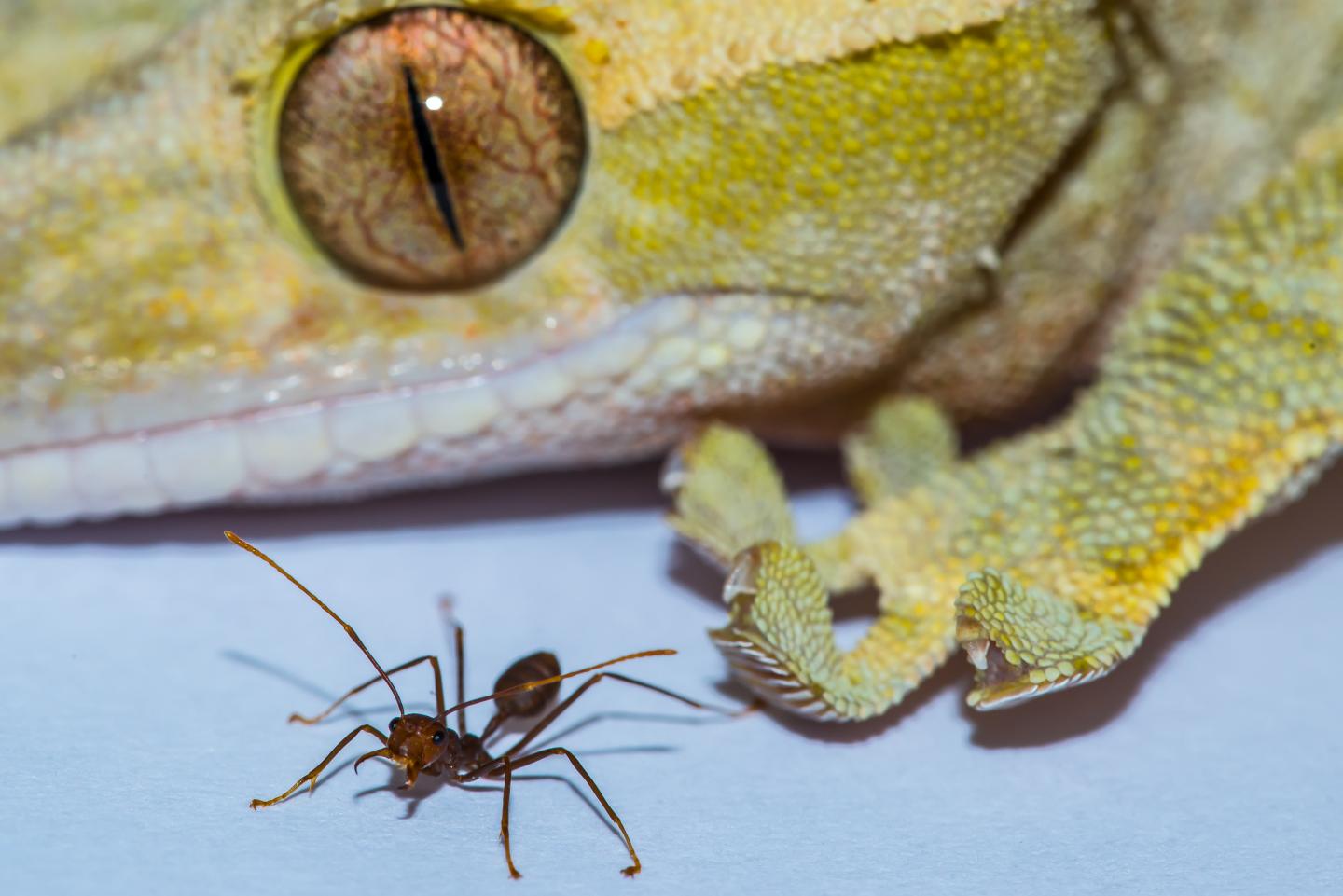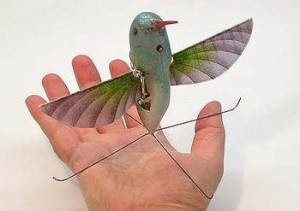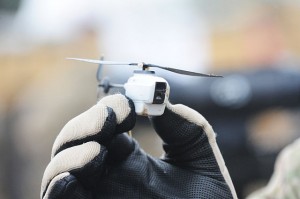A team of zoology researchers at Cambridge University (UK) find themselves in the unenviable position of having their peer-reviewed study used as a source of unintentional humour. I gather zoologists (Cambridge) and engineers (Stanford) don’t have much opportunity to share information.
A Jan. 18, 2016 news item on ScienceDaily announces the Cambridge research findings,
Latest research reveals why geckos are the largest animals able to scale smooth vertical walls — even larger climbers would require unmanageably large sticky footpads. Scientists estimate that a human would need adhesive pads covering 40% of their body surface in order to walk up a wall like Spiderman, and believe their insights have implications for the feasibility of large-scale, gecko-like adhesives.
A Jan. 18, 2016 Cambridge University press release (also on EurekAlert), which originated the news item, describes the research and the thinking that led to the researchers’ conclusions,
Dr David Labonte and his colleagues in the University of Cambridge’s Department of Zoology found that tiny mites use approximately 200 times less of their total body area for adhesive pads than geckos, nature’s largest adhesion-based climbers. And humans? We’d need about 40% of our total body surface, or roughly 80% of our front, to be covered in sticky footpads if we wanted to do a convincing Spiderman impression.
Once an animal is big enough to need a substantial fraction of its body surface to be covered in sticky footpads, the necessary morphological changes would make the evolution of this trait impractical, suggests Labonte.
“If a human, for example, wanted to walk up a wall the way a gecko does, we’d need impractically large sticky feet – our shoes would need to be a European size 145 or a US size 114,” says Walter Federle, senior author also from Cambridge’s Department of Zoology.
The researchers say that these insights into the size limits of sticky footpads could have profound implications for developing large-scale bio-inspired adhesives, which are currently only effective on very small areas.
“As animals increase in size, the amount of body surface area per volume decreases – an ant has a lot of surface area and very little volume, and a blue whale is mostly volume with not much surface area” explains Labonte.
“This poses a problem for larger climbing species because, when they are bigger and heavier, they need more sticking power to be able to adhere to vertical or inverted surfaces, but they have comparatively less body surface available to cover with sticky footpads. This implies that there is a size limit to sticky footpads as an evolutionary solution to climbing – and that turns out to be about the size of a gecko.”
Larger animals have evolved alternative strategies to help them climb, such as claws and toes to grip with.
The researchers compared the weight and footpad size of 225 climbing animal species including insects, frogs, spiders, lizards and even a mammal.
“We compared animals covering more than seven orders of magnitude in weight, which is roughly the same as comparing a cockroach to the weight of Big Ben, for example,” says Labonte.
These investigations also gave the researchers greater insights into how the size of adhesive footpads is influenced and constrained by the animals’ evolutionary history.
“We were looking at vastly different animals – a spider and a gecko are about as different as a human is to an ant- but if you look at their feet, they have remarkably similar footpads,” says Labonte.
“Adhesive pads of climbing animals are a prime example of convergent evolution – where multiple species have independently, through very different evolutionary histories, arrived at the same solution to a problem. When this happens, it’s a clear sign that it must be a very good solution.”
The researchers believe we can learn from these evolutionary solutions in the development of large-scale manmade adhesives.
“Our study emphasises the importance of scaling for animal adhesion, and scaling is also essential for improving the performance of adhesives over much larger areas. There is a lot of interesting work still to do looking into the strategies that animals have developed in order to maintain the ability to scale smooth walls, which would likely also have very useful applications in the development of large-scale, powerful yet controllable adhesives,” says Labonte.
There is one other possible solution to the problem of how to stick when you’re a large animal, and that’s to make your sticky footpads even stickier.
“We noticed that within closely related species pad size was not increasing fast enough to match body size, probably a result of evolutionary constraints. Yet these animals can still stick to walls,” says Christofer Clemente, a co-author from the University of the Sunshine Coast [Australia].
“Within frogs, we found that they have switched to this second option of making pads stickier rather than bigger. It’s remarkable that we see two different evolutionary solutions to the problem of getting big and sticking to walls,” says Clemente.
“Across all species the problem is solved by evolving relatively bigger pads, but this does not seem possible within closely related species, probably since there is not enough morphological diversity to allow it. Instead, within these closely related groups, pads get stickier. This is a great example of evolutionary constraint and innovation.”
A researcher at Stanford University (US) took strong exception to the Cambridge team’s conclusions , from a Jan. 28, 2016 article by Michael Grothaus for Fast Company (Note: A link has been removed),
It seems the dreams of the web-slinger’s fans were crushed forever—that is until a rival university swooped in and saved the day. A team of engineers working with mechanical engineering graduate student Elliot Hawkes at Stanford University have announced [in 2014] that they’ve invented a device called “gecko gloves” that proves the Cambridge researchers wrong.
Hawkes has created a video outlining the nature of his dispute with Cambridge University and US tv talk show host, Stephen Colbert who featured the Cambridge University research in one of his monologues,
To be fair to Hawkes, he does prove his point. A Nov. 21, 2014 Stanford University report by Bjorn Carey describes Hawke’s ingenious ‘sticky pads,
Each handheld gecko pad is covered with 24 adhesive tiles, and each of these is covered with sawtooth-shape polymer structures each 100 micrometers long (about the width of a human hair).
The pads are connected to special degressive springs, which become less stiff the further they are stretched. This characteristic means that when the springs are pulled upon, they apply an identical force to each adhesive tile and cause the sawtooth-like structures to flatten.
“When the pad first touches the surface, only the tips touch, so it’s not sticky,” said co-author Eric Eason, a graduate student in applied physics. “But when the load is applied, and the wedges turn over and come into contact with the surface, that creates the adhesion force.”
As with actual geckos, the adhesives can be “turned” on and off. Simply release the load tension, and the pad loses its stickiness. “It can attach and detach with very little wasted energy,” Eason said.
The ability of the device to scale up controllable adhesion to support large loads makes it attractive for several applications beyond human climbing, said Mark Cutkosky, the Fletcher Jones Chair in the School of Engineering and senior author on the paper.
“Some of the applications we’re thinking of involve manufacturing robots that lift large glass panels or liquid-crystal displays,” Cutkosky said. “We’re also working on a project with NASA’s Jet Propulsion Laboratory to apply these to the robotic arms of spacecraft that could gently latch on to orbital space debris, such as fuel tanks and solar panels, and move it to an orbital graveyard or pitch it toward Earth to burn up.”
Previous work on synthetic and gecko adhesives showed that adhesive strength decreased as the size increased. In contrast, the engineers have shown that the special springs in their device make it possible to maintain the same adhesive strength at all sizes from a square millimeter to the size of a human hand.
The current version of the device can support about 200 pounds, Hawkes said, but, theoretically, increasing its size by 10 times would allow it to carry almost 2,000 pounds.
Here’s a link to and a citation for the Stanford paper,
Human climbing with efficiently scaled gecko-inspired dry adhesives by Elliot W. Hawkes, Eric V. Eason, David L. Christensen, Mark R. Cutkosky. Jurnal of the Royal Society Interface DOI: 10.1098/rsif.2014.0675 Published 19 November 2014
This paper is open access.
To be fair to the Cambridge researchers, It’s stretching it a bit to say that Hawke’s gecko gloves allow someone to be like Spiderman. That’s a very careful, slow climb achieved in a relatively short period of time. Can the human body remain suspended that way for more than a few minutes? How big do your sticky pads have to be if you’re going to have the same wall-climbing ease of movement and staying power of either a gecko or Spiderman?
Here’s a link to and a citation for the Cambridge paper,
Extreme positive allometry of animal adhesive pads and the size limits of adhesion-based climbing by David Labonte, Christofer J. Clemente, Alex Dittrich, Chi-Yun Kuo, Alfred J. Crosby, Duncan J. Irschick, and Walter Federle. PNAS doi: 10.1073/pnas.1519459113
This paper is behind a paywall but there is an open access preprint version, which may differ from the PNAS version, available,
Extreme positive allometry of animal adhesive pads and the size limits of adhesion-based climbing by David Labonte, Christofer J Clemente, Alex Dittrich, Chi-Yun Kuo, Alfred J Crosby, Duncan J Irschick, Walter Federle. bioRxiv
doi: http://dx.doi.org/10.1101/033845
I hope that if the Cambridge researchers respond, they will be witty rather than huffy. Finally, there’s this gecko image (which I love) from the Cambridge researchers,


